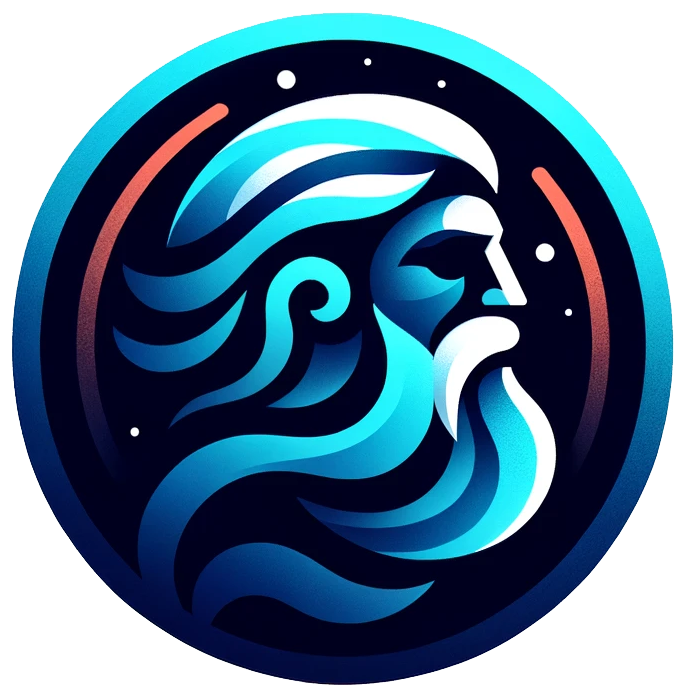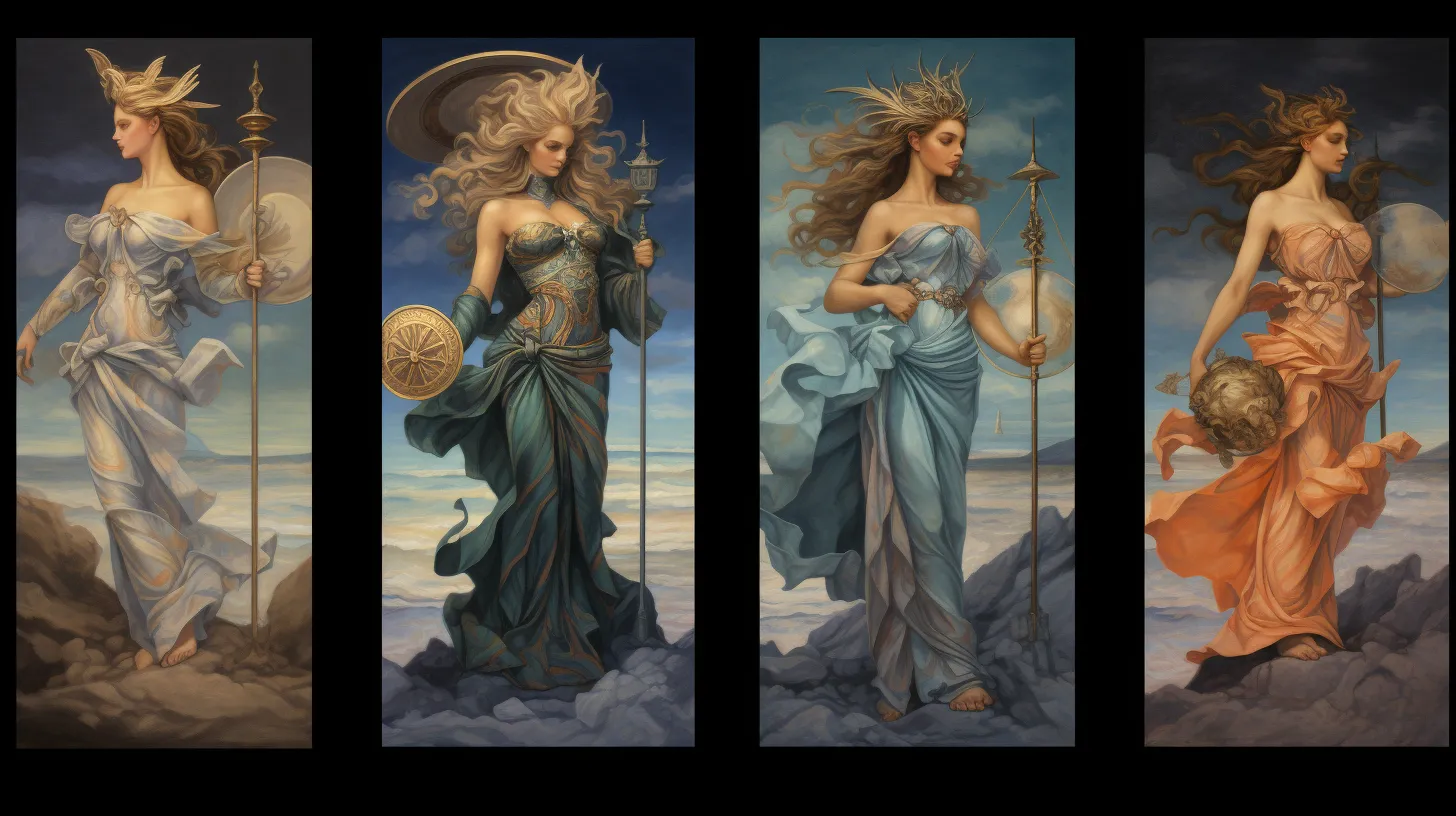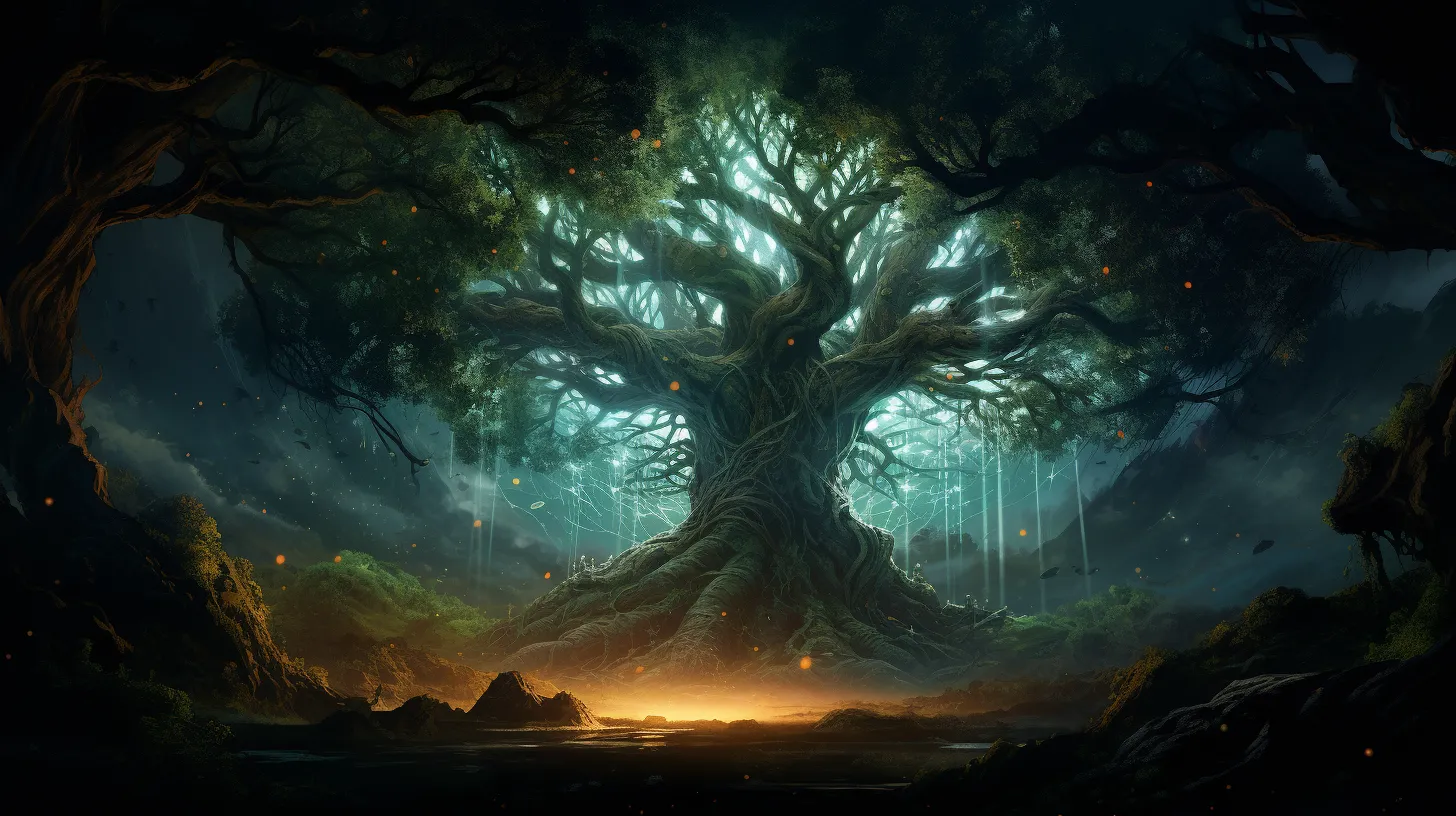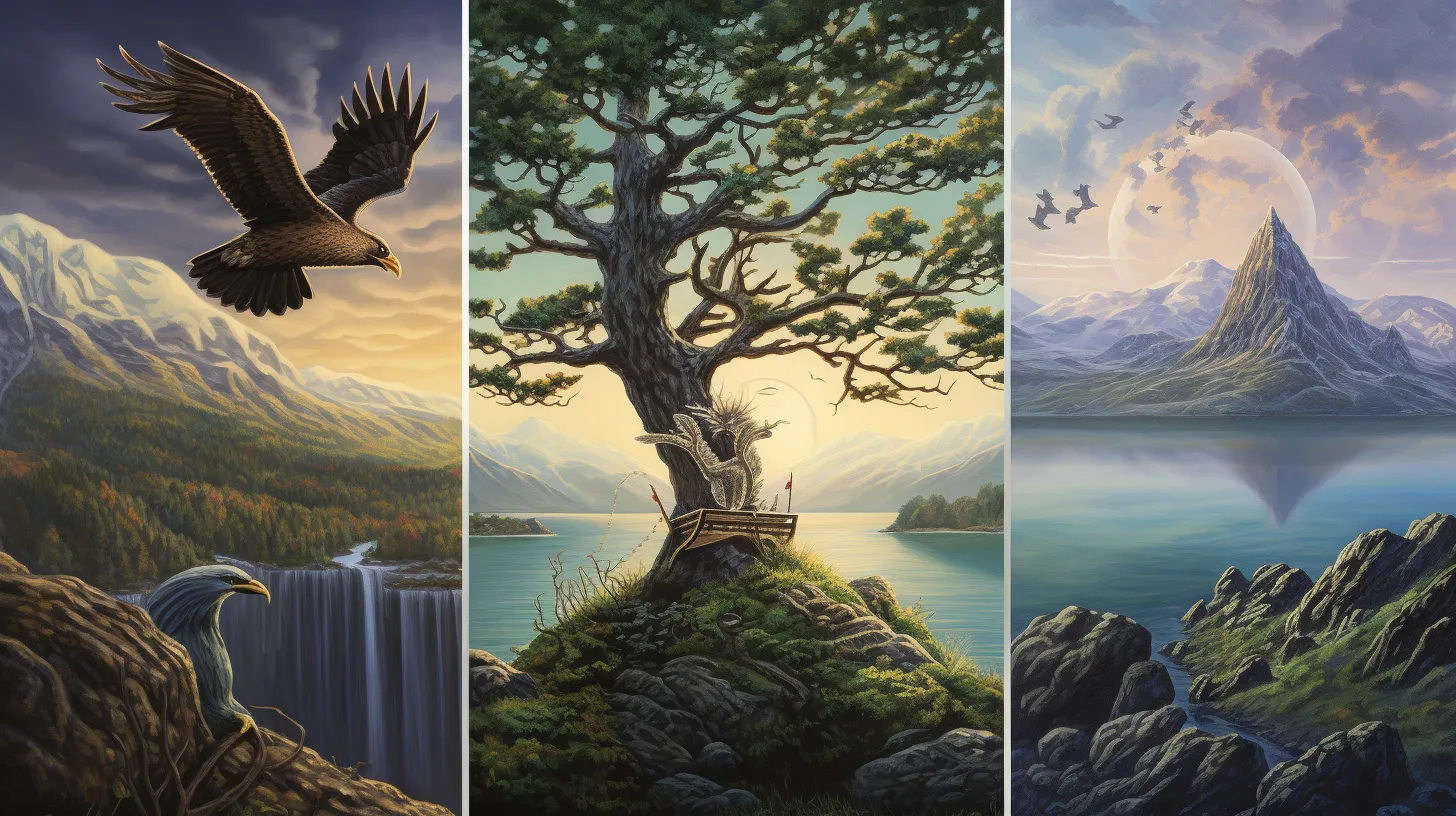Imagine yourself tracing the immense body of Jörmungandr, the Midgard Serpent from Norse legends, a dragon of such scale that it wraps itself around the earth.
In the tales of the Norse, dragons are the embodiment of chaos and immense strength, and comprehending these creatures is vital to gaining control over the primal forces they represent.
Among these mythical creatures is Fafnir, originally a dwarf, whose greed reshaped him into a formidable dragon, jealously guarding his accursed treasure.
Another is Níðhöggr, the malevolent creature that ceaselessly chews at the roots of Yggdrasil, the World Tree, a relentless force against the world’s stability.
Understanding the nature and stories of these dragons provides a window into a mythology replete with symbols of power and devastation. Knowledge of these myths acts as your defense, turning deep familiarity with these legendary narratives into a tool for intellectual enrichment.
‘Through the mists of Norse legends, dragons emerge not merely as monsters but as harbingers of deeper understanding.’
Norse Dragons: An Overview
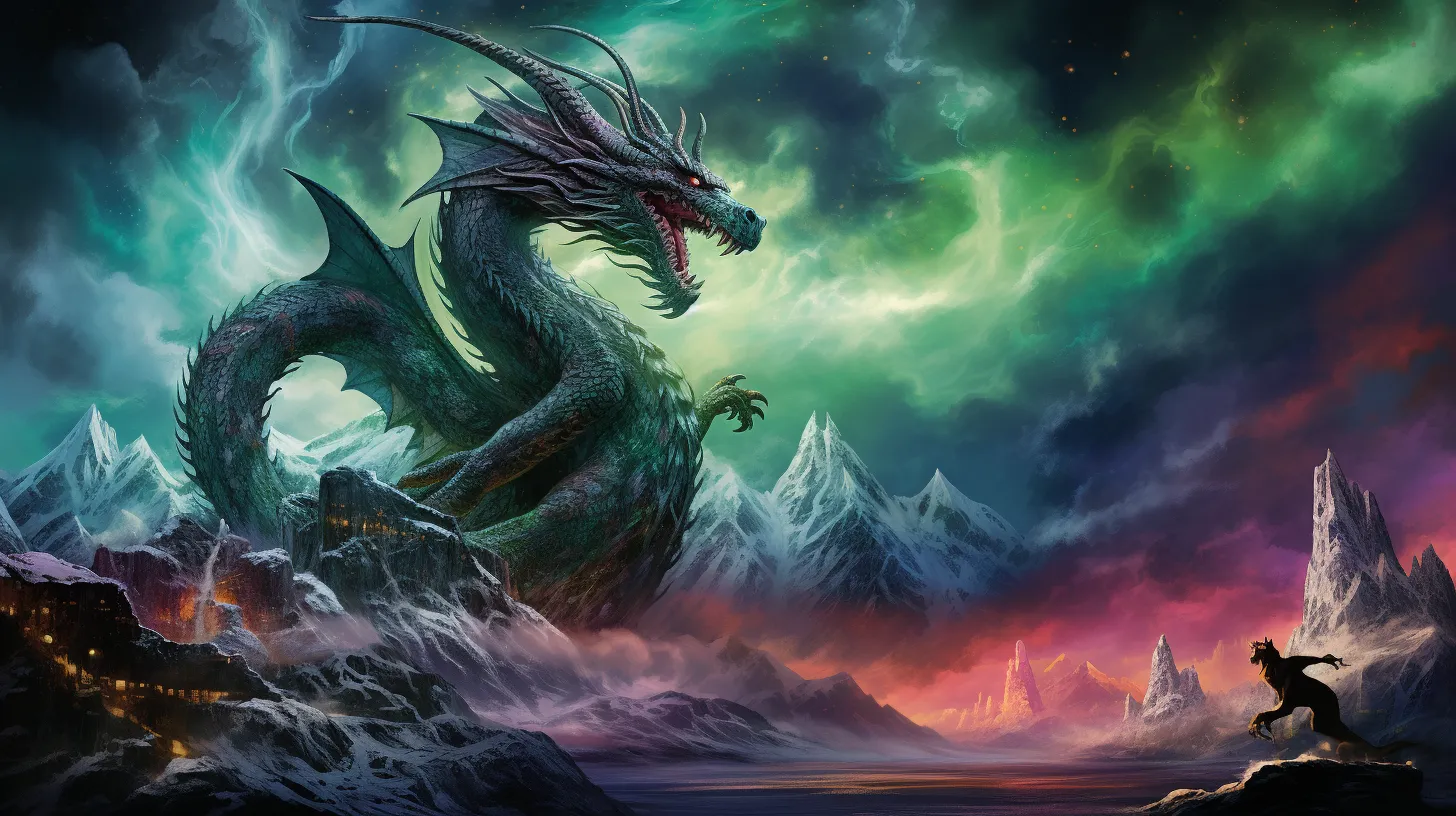
Why do you think dragons in Norse mythology often symbolize both creation and destruction?
In the Prose Edda, these serpentine giants weave a complex tapestry of meaning within the Norse cosmos.
Take the Midgard Serpent, Jormungandr—its immense body encircling the world suggests containment and order, yet its role in Ragnarok foretells chaos and the end of times.
Then there’s Nidhogg, gnawing at the roots of Yggdrasil, the world tree. This act simultaneously contributes to the tree’s decay and rebirth, embodying the cyclic nature of existence.
And Fafnir, once a dwarf, became a dragon out of greed, guarding treasures of wisdom, yet his transformation hints at the destructive power of avarice.
You’ll find that Norse dragons encapsulate the duality inherent in the world’s fabric.
Jörmungandr: The World Serpent
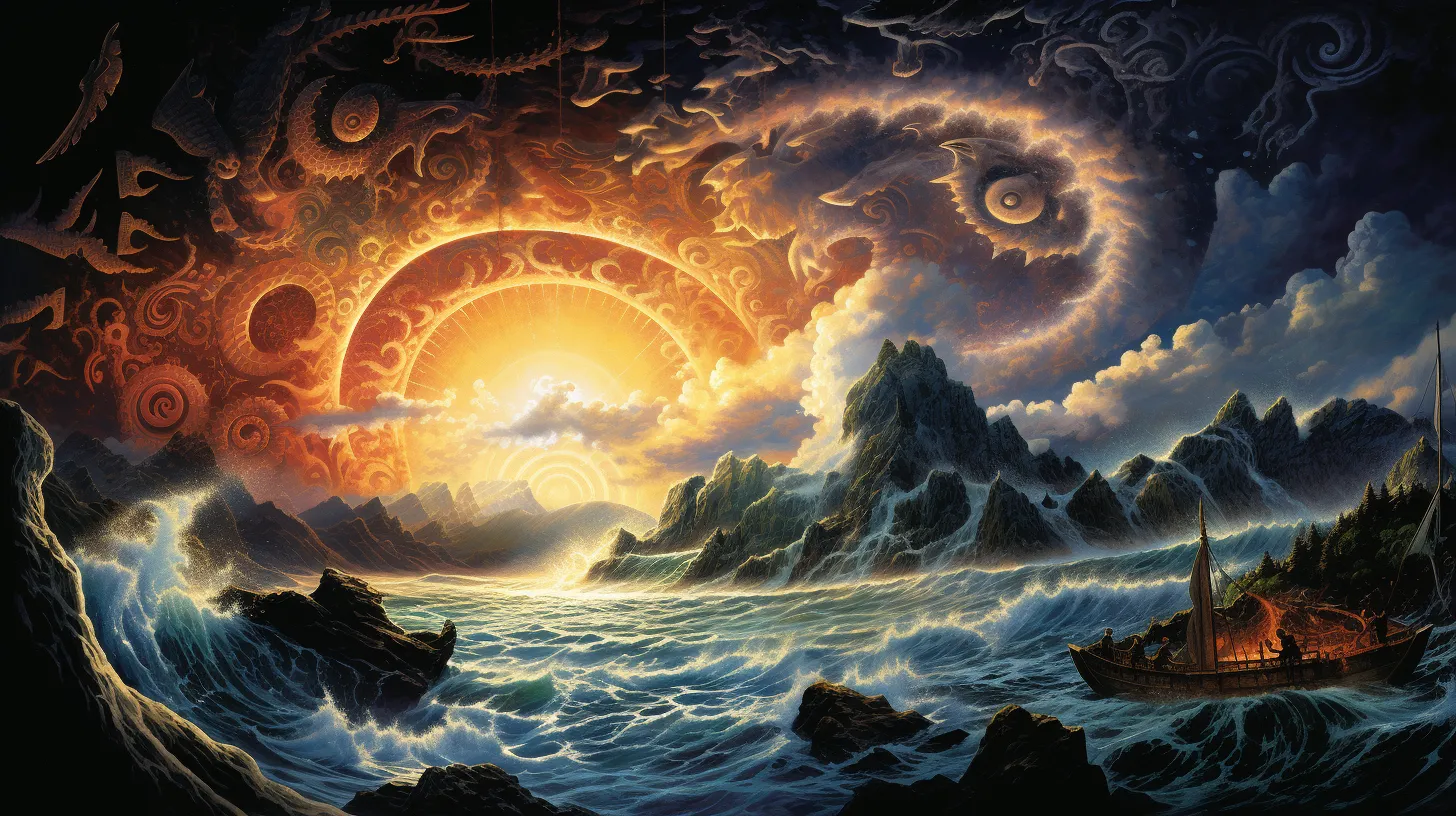
You’ll find that one of the most iconic creatures in Norse mythology is Jörmungandr, the enormous serpent that encircles Midgard.
This sea serpent isn’t just a mere monster; it’s a pivotal figure in Norse cosmology, symbolizing the inextricable link between creation and destruction. As the offspring of Loki, Jörmungandr’s presence is a constant reminder of the looming end of the world.
-
Jörmungandr’s embrace of Midgard represents the cycle of life and death.
-
Known as the Malice Striker, its battles with Thor evoke awe and terror.
-
Its fall during Ragnarok signals the cataclysmic rebirth of the cosmos.
With each mention of the World Serpent, you’re drawn into a narrative where control over destiny is intertwined with the roots of the World Tree itself.
Fafnir: From Dwarf to Dragon
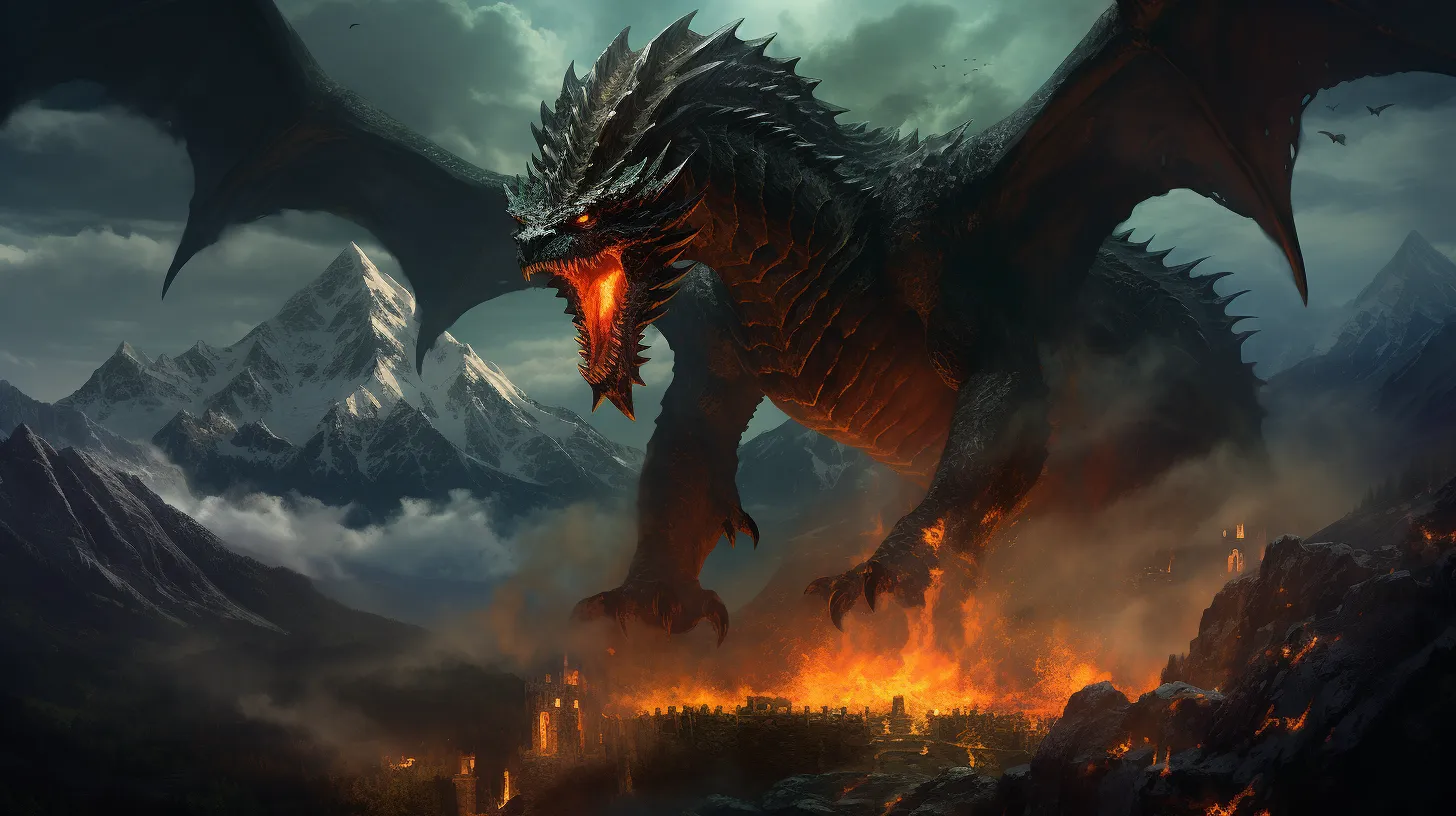
Shifting your attention from Jörmungandr’s immense scale, consider Fafnir, once a dwarf, who became a fearsome dragon due to his insatiable greed.
The allure of cursed gold lured Fafnir, who was originally the magician Hreidmar’s son. This dangerous and potent gold treasure whispered promises of power, transforming him into a dragon—a guardian of his hoard—due to his own dishonesty and fratricide.
His metamorphosis was no mere chance but a consequence of the trickster god’s influence and the curse that clung to the stolen wealth. Fafnir’s tale, a grim warning woven into the fabric of Norse lore, reminds you that unchecked ambition can lead to monstrous ends.
Níðhöggr: The Malice Striker
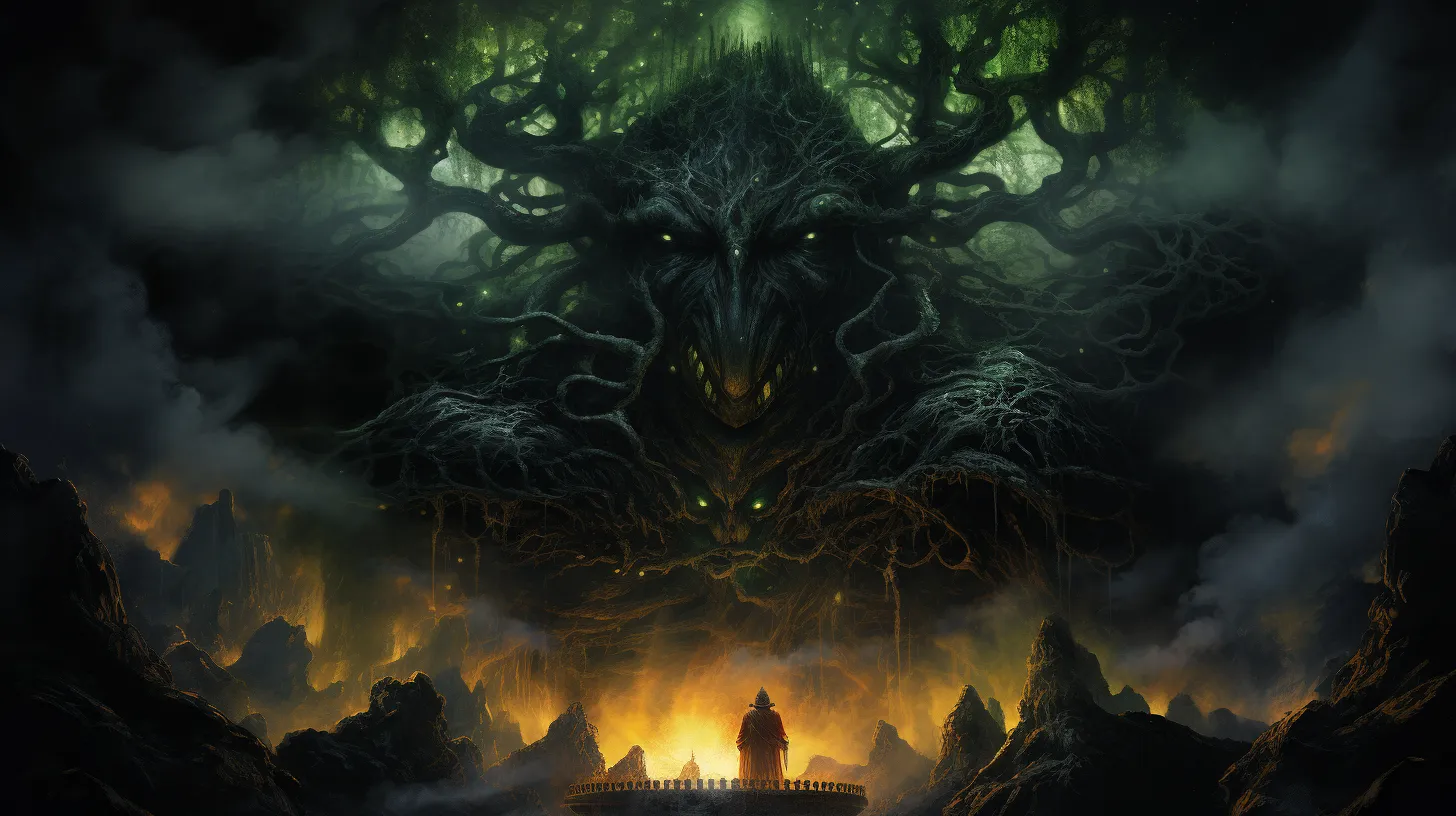
While you’ve explored the transformative tale of Fafnir, it’s Níðhöggr’s malevolent presence at the roots of Yggdrasil that embodies the darkest aspects of Norse mythology.
As the Serpent known as the Midgard, Níðhöggr: The Malice Striker, instills a sense of impending doom by relentlessly gnawing at the very foundation of existence.
Consider the following:
Níðhöggr’s relentless assault on Yggdrasil’s roots reflects the inescapable decay within the Norse cosmos.
The creature’s association with Niflheimr, a realm of dishonor, underscores its embodiment of all things vile and contemptible.
Its role in foretelling Ragnarök, the apocalypse, casts a shadow of fatalism and inevitable decline.
You must recognize that in the Norse worldview, control is an illusion when faced with entities like Níðhöggr, the harbinger of chaos and destruction.
Dragons: Symbolism and Significance
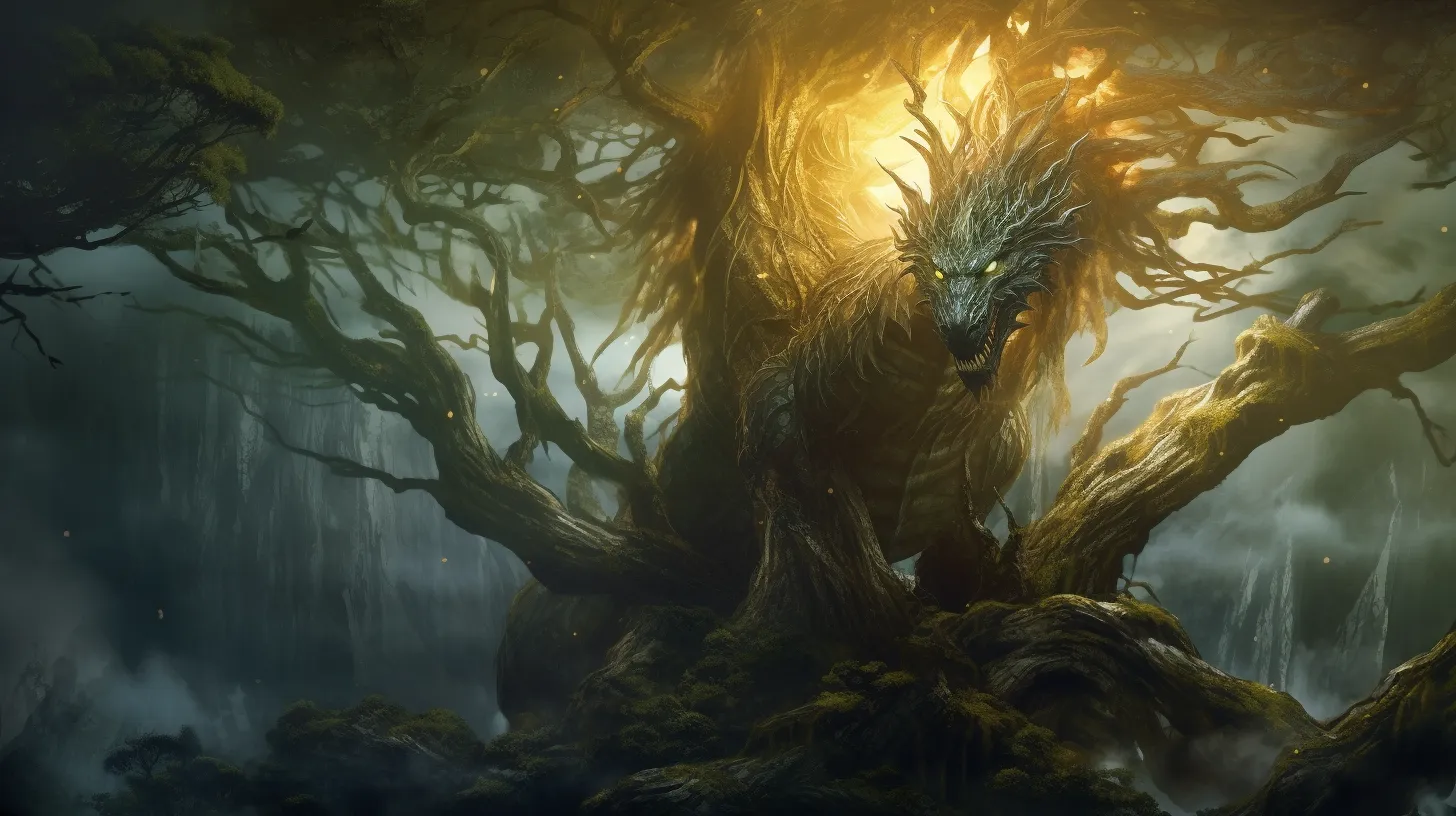
In Norse mythology, dragons aren’t just fearsome beasts but also potent symbols of transformation. They embody the deep wisdom and perilous nature inherent to the cosmos.
These creatures, such as Fafnir and the mighty Jormungandr, represent the cyclical forces of creation and destruction. They’re entwined with the fate of the gods, challenging the divine order and highlighting the precarious balance between chaos and control.
Norse dragons, like the coils of Jormungandr encircling the world, signify the relentless pursuit of knowledge and power.
Fafnir’s hoarding of gold mirrors human greed, teaching that the quest for dominance comes at a cost. In essence, Norse dragons are profound emblems of life’s eternal struggle and the pursuit of supremacy.
